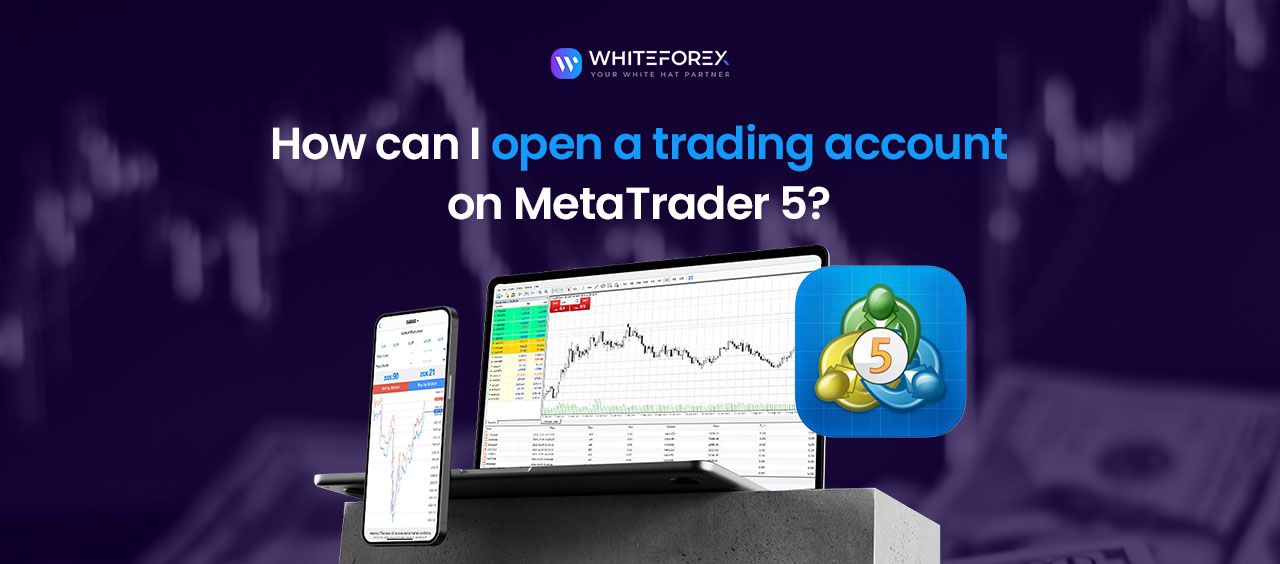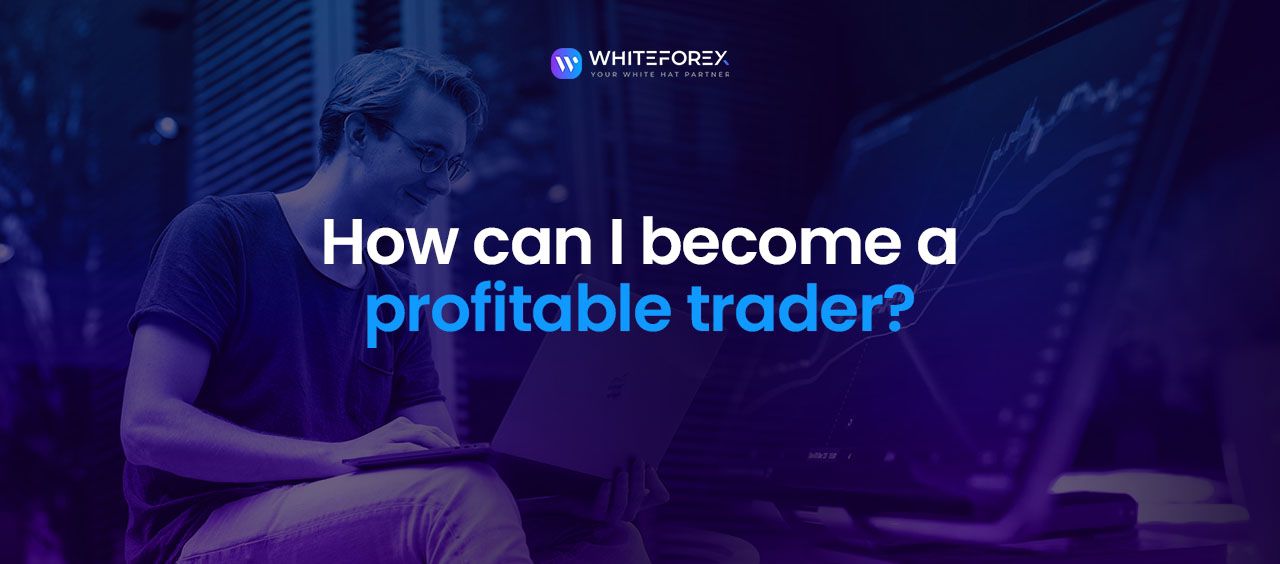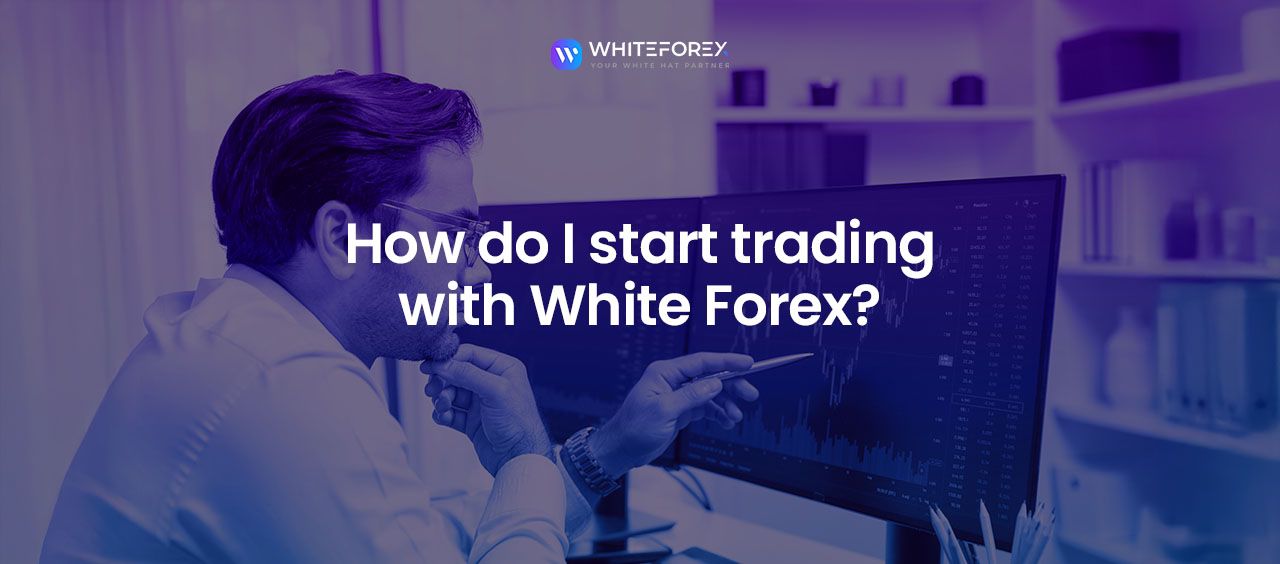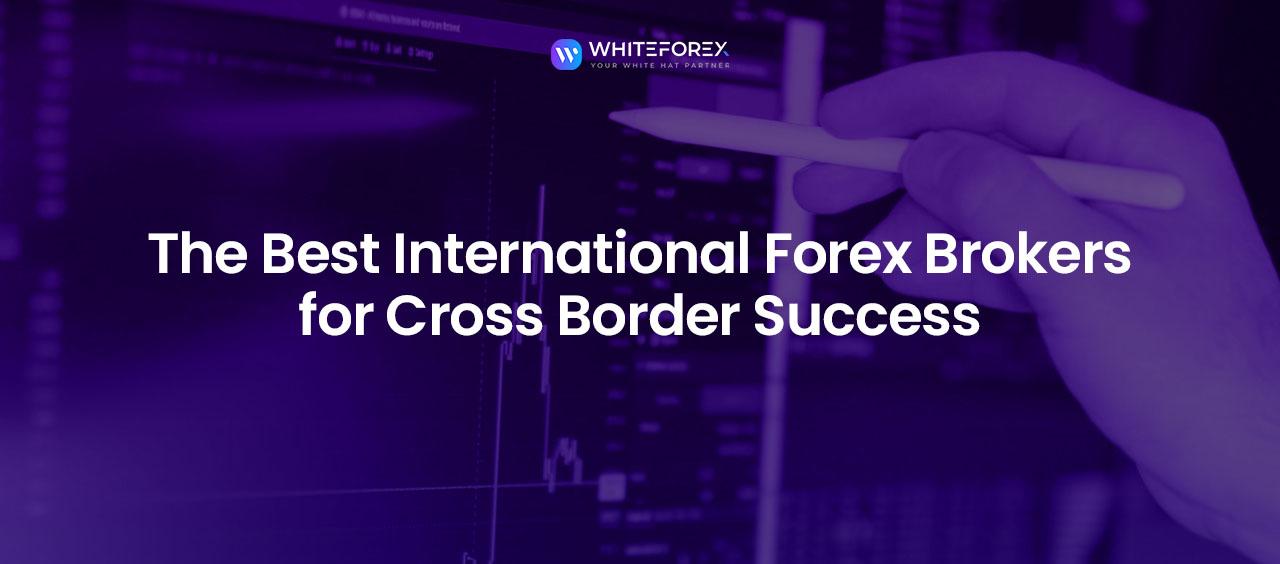CFD trading is a popular way for traders to make profits by speculating on the rise and fall of markets. CFD stands for "Contract for Difference." This type of trading allows you to trade on price movements of various assets without owning the actual asset. In this blog, we will explain what CFD trading is, how it works, the strategies involved, and its benefits and risks. By the end, you’ll have a clearer idea of whether CFD trading is right for you.
CFD Trading Explained CFD trading involves entering into a contract with a broker. The contract is based on the price difference of an asset between the time you open and close the position. You do not own the asset itself; you are only speculating on whether the price will go up or down. For example, if you think the price of gold will rise, you can open a long position (buy). If the price rises, you profit from the difference. If it falls, you incur a loss. CFD trading allows you to trade on a variety of markets, including stocks, forex, commodities, and indices.
How CFD Trading Works CFD trading is fairly straightforward. Here’s a quick breakdown of how it works:
Choose an Asset: Pick an asset that you want to trade, like a stock, currency pair, or commodity.
Decide to Buy or Sell: If you believe the price will go up, you "go long" (buy). If you think it will fall, you "go short" (sell).
Leverage: CFDs allow you to trade using leverage, meaning you can open larger positions with a smaller amount of money. However, leverage also increases risk.
Profit or Loss: Your profit or loss depends on the difference between the opening and closing prices of the asset. If the market moves in your favor, you make a profit. If it moves against you, you take a loss.
CFD Trading Strategies There are several strategies traders use to succeed in CFD trading:
Scalping: Involves making multiple small trades to take advantage of minor price movements.
Swing Trading: Involves holding positions for a few days or weeks to capture larger price movements.
Day Trading: This strategy involves opening and closing positions within the same day to profit from short-term price changes.
Hedging: CFD trading can be used to hedge against potential losses in other investments. For example, if you own stocks and fear the market might drop, you can open a short CFD position to offset any potential losses.
Benefits of CFD Trading CFD trading offers several advantages, which make it popular among traders:
Leverage: CFDs allow you to trade larger positions with less capital, which can amplify profits.
Access to Multiple Markets: With CFDs, you can trade on a wide range of markets, from forex to commodities to indices.
No Ownership of the Asset: You don’t need to physically own the underlying asset, making it easier to trade different markets.
Flexibility: CFDs allow you to go long or short, giving you the flexibility to profit in both rising and falling markets.
CFD Trading vs. Traditional Trading One of the key differences between CFD trading and traditional trading is ownership. In traditional trading, you buy the actual asset, like shares of a company or a commodity, with the intention of holding it. In CFD trading, you don’t own the underlying asset. Instead, you are speculating on its price movement. Another major difference is the use of leverage in CFD trading, which allows traders to control larger positions with smaller deposits, something traditional trading doesn’t offer. However, traditional trading generally involves less risk than leveraged CFD trading.
Risks of CFD Trading CFD trading comes with certain risks that traders should be aware of:
Leverage Risk: While leverage can increase profits, it can also magnify losses. If the market moves against you, losses can quickly accumulate.
Market Volatility: CFDs are often traded on highly volatile markets, which can lead to sudden and unpredictable price movements.
Liquidity Risk: Some markets may be less liquid, making it difficult to close positions at your desired price.
Margin Calls: If your account balance falls below the required margin, you may face a margin call from your broker, forcing you to either deposit more funds or close positions at a loss.
FAQs on CFD Trading
1. What is CFD trading? CFD trading, or Contract for Difference trading, allows you to speculate on price movements of assets without owning the actual asset. You make profits or losses based on the difference between the opening and closing prices of the asset.
2. CFD trading explained: How does it work? CFD trading works by entering into a contract with a broker. You can go long if you expect the price to rise or go short if you expect the price to fall. Your profit or loss is determined by the difference between the asset’s price when you open and close the trade.
3. What are some CFD trading strategies? CFD trading strategies include scalping for quick, small profits, swing trading to capture larger price movements, day trading for intraday profits, and hedging to protect against losses in other investments.
4. What are the benefits of CFD trading? CFD trading offers benefits like leverage, access to multiple markets, the ability to trade without owning the underlying asset, and flexibility to profit in both rising and falling markets.
5. How is CFD trading different from traditional trading? The main difference between CFD trading and traditional trading is ownership. In CFD trading, you don't own the underlying asset; you are simply speculating on price changes. Additionally, CFD trading uses leverage, which is not typically available in traditional trading.
6. What are the risks of CFD trading? CFD trading risks include leverage risk, market volatility, liquidity issues, and the potential for margin calls. These risks can lead to significant losses if not managed properly.
Conclusion CFD trading can be a powerful tool for traders who want to take advantage of market movements without owning the underlying assets. However, it also comes with risks, especially when leverage is involved. Understanding how CFD trading works and using the right strategies can help you navigate the markets more effectively. As always, risk management is key to long-term success.








